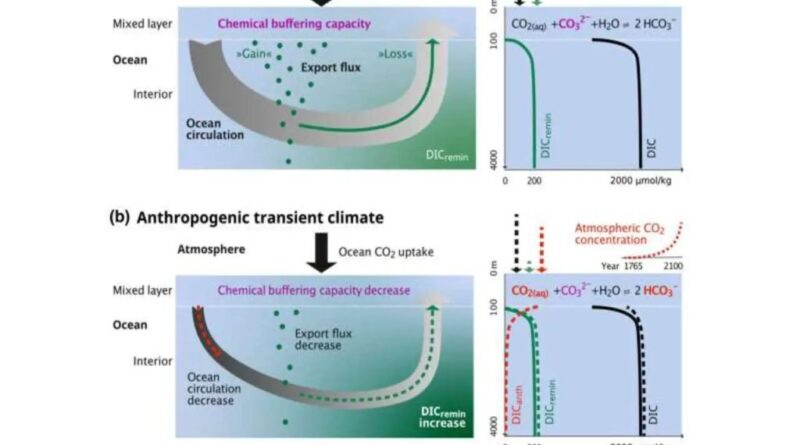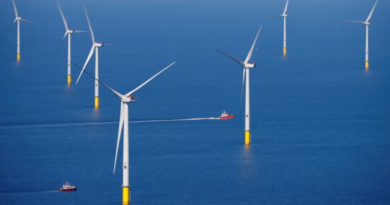Scientists argue that banking carbon dioxide in the oceans depends as much on withdrawal as deposition
Both the biological and physical elements of the marine biological carbon pump must be considered, climate researchers argue.
An overview of the marine biological carbon pump
Marine phytoplankton and zooplankton play a key role in the marine biological carbon pump (BCP). Phytoplankton are photosynthetic organisms, harnessing the sun’s energy and converting carbon dioxide into organic biomass to grow and survive. These microscopic organisms are predated by larger predatory zooplankton. Some carbon is released as carbon dioxide, while some is converted into body mass, which sinks to the deep ocean when the zooplankton dies.
The process of sinking organic matter, or “export flux,” is the key area of contention here. Organic matter trickling down into the interior ocean is broken down by bacteria, which produces inorganic matter. This inorganic matter becomes sequestered in the deep ocean, which in turn captures CO2.
In their opinion paper, Dr. Frenger and her colleagues implore the scientific community to not only factor in the deposition and storage of CO2, but also “withdrawal”—like cash from a bank account—from this reservoir through ocean circulation.
Dr. Frenger proposes a more scientifically precise approach to gauging the CO2 reservoir resulting from biological processes in the deep ocean. This method involves measuring oxygen content and physical characteristics (such as the temperature of the ocean’s interior).
The changes in these variables, influenced by climate change, clarify the seemingly contradictory response of the BCP. Despite a decrease in carbon export, the BCP contributes to increased carbon storage in the deep ocean due to shifts in ocean circulation, delaying the feedback of biologically stored carbon to the surface. This leads to a greater accumulation of CO2 in the ocean’s interior under climate change compared to a scenario without the BCP.
Source : yourweather.co.uk




